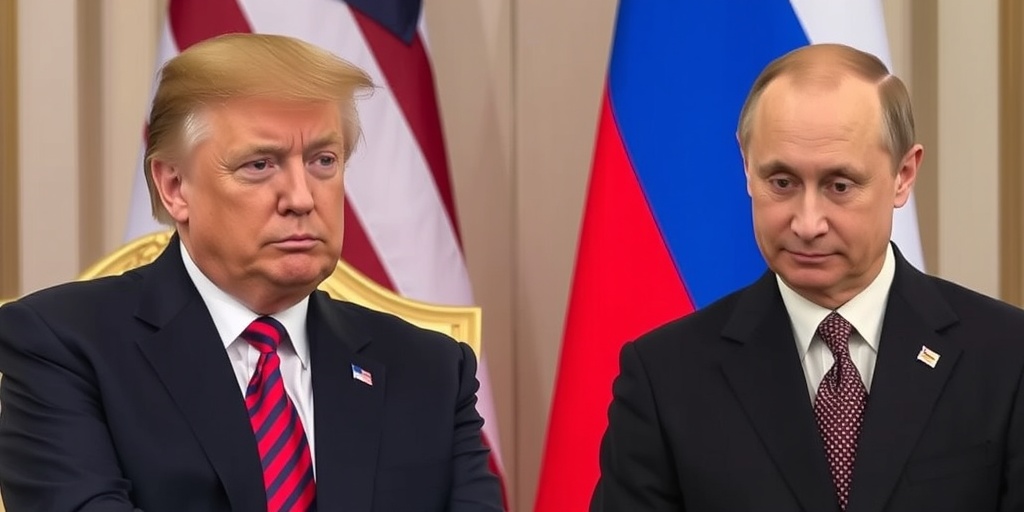Now Reading: Pentagon Removes Gender-Specific Fitness Standards for Combat Roles
-
01
Pentagon Removes Gender-Specific Fitness Standards for Combat Roles
Pentagon Removes Gender-Specific Fitness Standards for Combat Roles

Pentagon Revokes Lower Fitness Standards for Women in Combat Roles
In a significant policy shift, the Pentagon has ordered the elimination of lower physical fitness standards for women in combat units. This directive, issued by Defense Secretary Pete Hegseth on Sunday and announced on Monday, is expected to substantially impact the recruitment and retention of women in challenging military positions known for their combat risk.
The new mandate requires that all physical fitness requirements for combat arms positions — units typically expected to face substantial fighting during wartime — be “sex-neutral.” This change is anticipated to drastically decrease the number of women able to successfully meet these updated standards. Military leadership has been instructed to implement these new fitness benchmarks by the end of October.
The U.S. military has grappled with the delicate issue of establishing equitable criteria for assessing women’s physical fitness. This evaluation is crucial for determining their eligibility for physically demanding combat jobs and progression into leadership roles. Following extensive internal discussions regarding new annual fitness assessments, the Army, in 2022, had previously moderated the grading criteria for women and older service members. A study conducted by the RAND Corporation revealed that women and older troops were failing the new tests at significantly higher rates compared to their male and younger counterparts.
Other branches of the military have historically employed different fitness standards for male and female personnel. For instance, the Marines enforce a strength test where males must complete a minimum of three pull-ups or 34 push-ups within two minutes, while women are required to accomplish just one pull-up or 15 push-ups in the same timeframe.
While Mr. Hegseth’s directive integrates sex-neutral standards for certain positions, he noted that gender-specific benchmarks would remain in place for various military roles. He has asserted that women should not be integrated into combat units unless they can uphold the same physical fitness standards as their male counterparts.
Hegseth has long opposed the inclusion of women in combat roles such as infantry, artillery, tank crews, and special forces. He previously expressed the belief that “women cannot physically meet the same standards as men” in a book detailing his views. However, he later softened this stance, indicating in December that if the right fitness benchmarks were established and women could meet them, they should be allowed to serve similarly.
This ongoing debate surrounding fitness standards gained momentum after the military abolished most of the remaining barriers separating genders within its ranks in 2015. That pivotal year marked the opening of all combat jobs to women, generating discussions about appropriate performance benchmarks to ensure equal opportunity without compromising mission readiness.
As more women strive to break into and thrive in elite combat roles — including the infantry officer corps and special forces — the question arose: should they be subject to different physical standards to make these roles more accessible? The most elite military positions, such as the Army Rangers and Navy SEALs, have consistently implemented equal standards for both genders.
In a preliminary review of the Army’s updated fitness tests, alarming statistics emerged: about 65% of a small sample of women failed, compared to only 10% of men. A subsequent independent assessment by RAND corroborated these findings, revealing that nearly half of enlisted women in the Army failed the new fitness test, while fewer than 10% of their male colleagues did.
Among advocates for gender-neutral fitness assessments is Maj. Kristen Griest, the first woman to serve as an Army infantry officer and one of the pioneering women to graduate from Army Ranger School. In a 2021 opinion article published by The Modern War Institute at West Point, she posited that lower standards for women may perpetuate the stereotype that they cannot perform the same roles as men, ultimately undermining their capacity to gain the trust and confidence of their fellow service members.
As these changes take effect, the military must navigate the balance between upholding strenuous combat readiness and fostering an inclusive environment that respects and acknowledges the capabilities of all service members, regardless of gender. The decision to enforce sex-neutral standards represents a crucial and contentious step in the ongoing evolution of military policy relating to gender equality in combat roles.
Stay Informed With the Latest & Most Important News
Previous Post
Next Post
-
 01New technology breakthrough has everyone talking right now
01New technology breakthrough has everyone talking right now -
 02Unbelievable life hack everyone needs to try today
02Unbelievable life hack everyone needs to try today -
 03Fascinating discovery found buried deep beneath the ocean
03Fascinating discovery found buried deep beneath the ocean -
 04Man invents genius device that solves everyday problems
04Man invents genius device that solves everyday problems -
 05Shocking discovery that changes what we know forever
05Shocking discovery that changes what we know forever -
 06Internet goes wild over celebrity’s unexpected fashion choice
06Internet goes wild over celebrity’s unexpected fashion choice -
 07Rare animal sighting stuns scientists and wildlife lovers
07Rare animal sighting stuns scientists and wildlife lovers





















